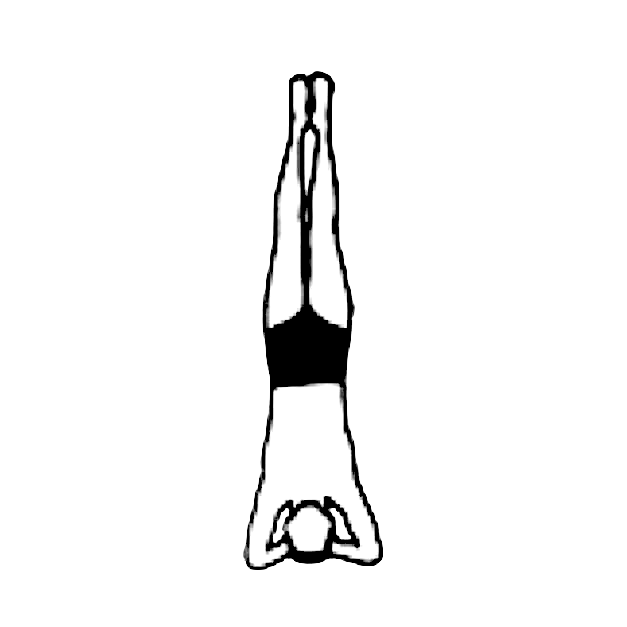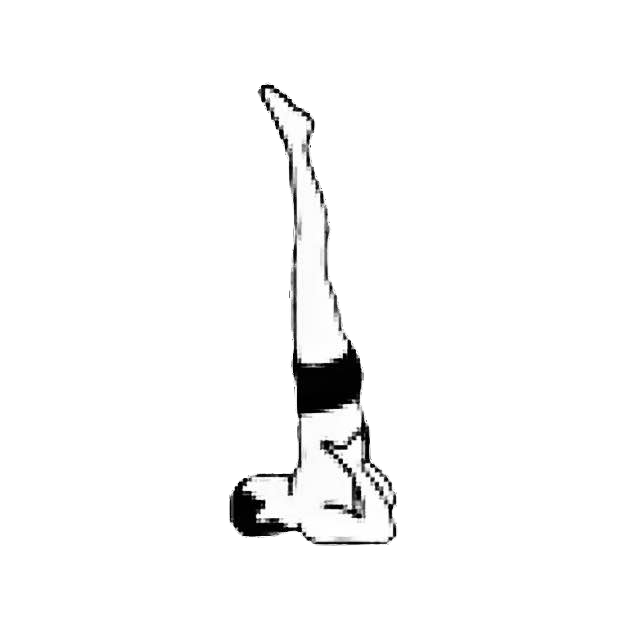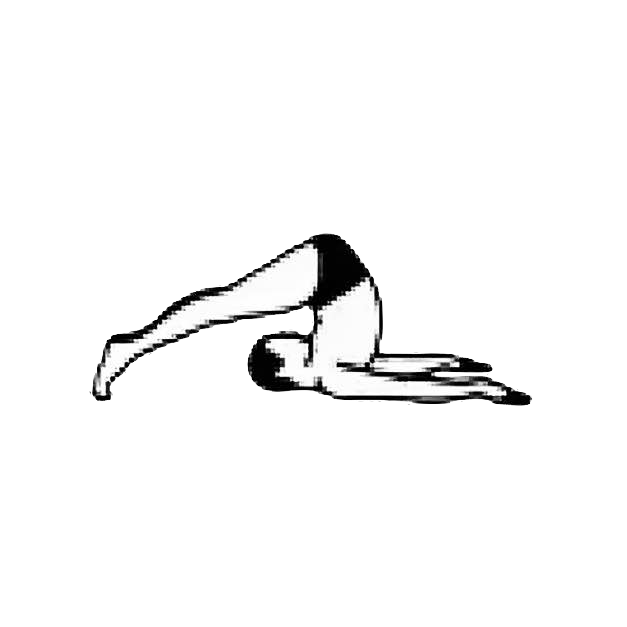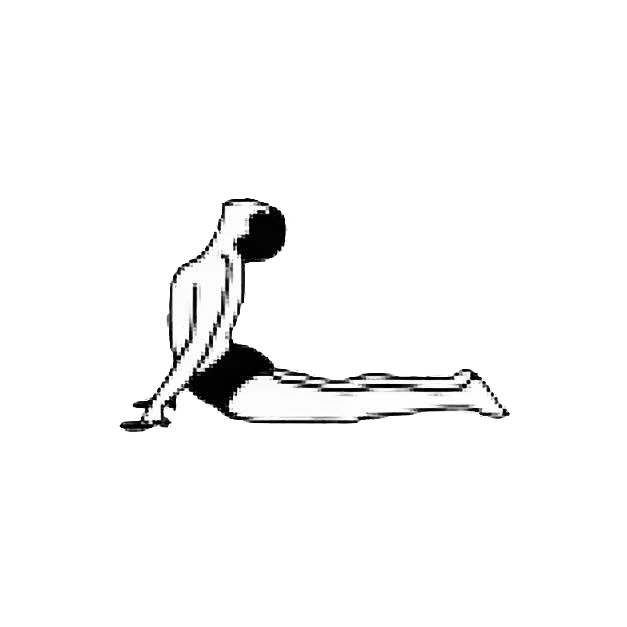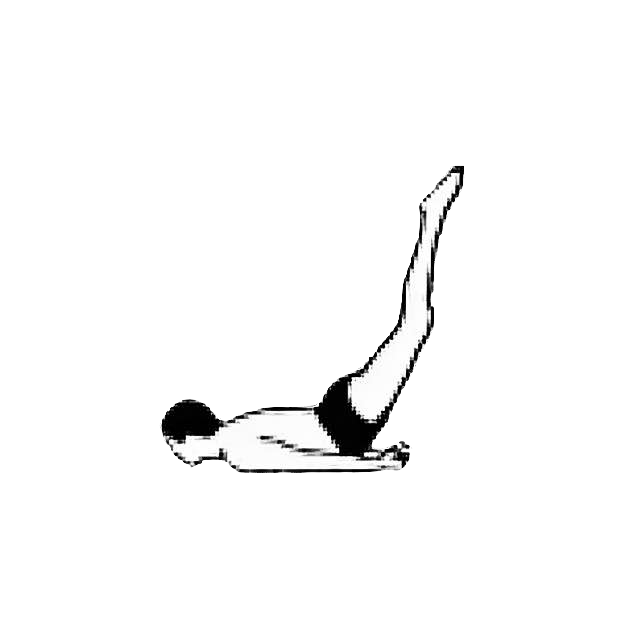Āsana
The physical yogic exercises are called āsanas, a term which means steady pose. This is because the yoga āsana (or posture) is meant to be held for some time. As Yoga regards the body as a vehicle for the soul on its journey towards total alignment, āsanas are designed to develop not only the body but to also broaden the mental and spiritual capacities.
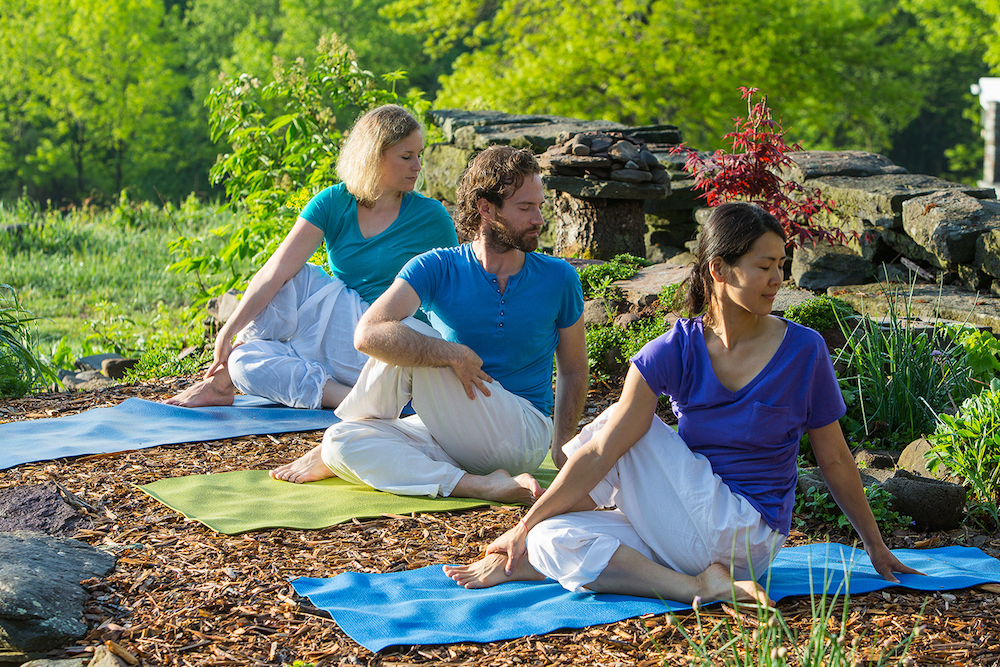

Basic Philosophy
Our body is meant to move and exercise. If our lifestyle does not provide natural motion of muscles and joints, then disease and discomfort have all the more opportunity to arise. Perhaps a bit contrary to what we have been taught in the West for years (“no pain, no gain”), Yoga is a philosophy that teaches the principles of going with life – including how we exercise. According to Swami Vishnudevananda, proper exercise is actually of the idea: “no pain, no pain”. By practicing the yoga postures not as mere calisthenics, but with awareness of the muscles used, of the breathing, of the relaxation – the mind learns to become detached from the senses little by little and the body strengthens in balance.
Health Benefits
The body is as young as it is flexible. Yoga exercises focus on the health of the spine, its strength and flexibility. The yoga system of exercise can be compared to no other in its complete overhaul of the entire being. Performed slowly and consciously, the asanas go far beyond mere physical benefits, becoming mental exercises in concentration and meditation.
Daily Practice
Swami Vishnudevananda, the founder of Sivananda Yoga, recommended daily practice of the 12 Basic Āsanas for optimal health. Traditionally our practice begins with Sūrya Namaskār, the sun salutation, and leg raises before the āsana practice, and includes proper relaxation, or śavāsana, throughout and and at to complete the class so that we assimilate the benefits we receive during our practice.

